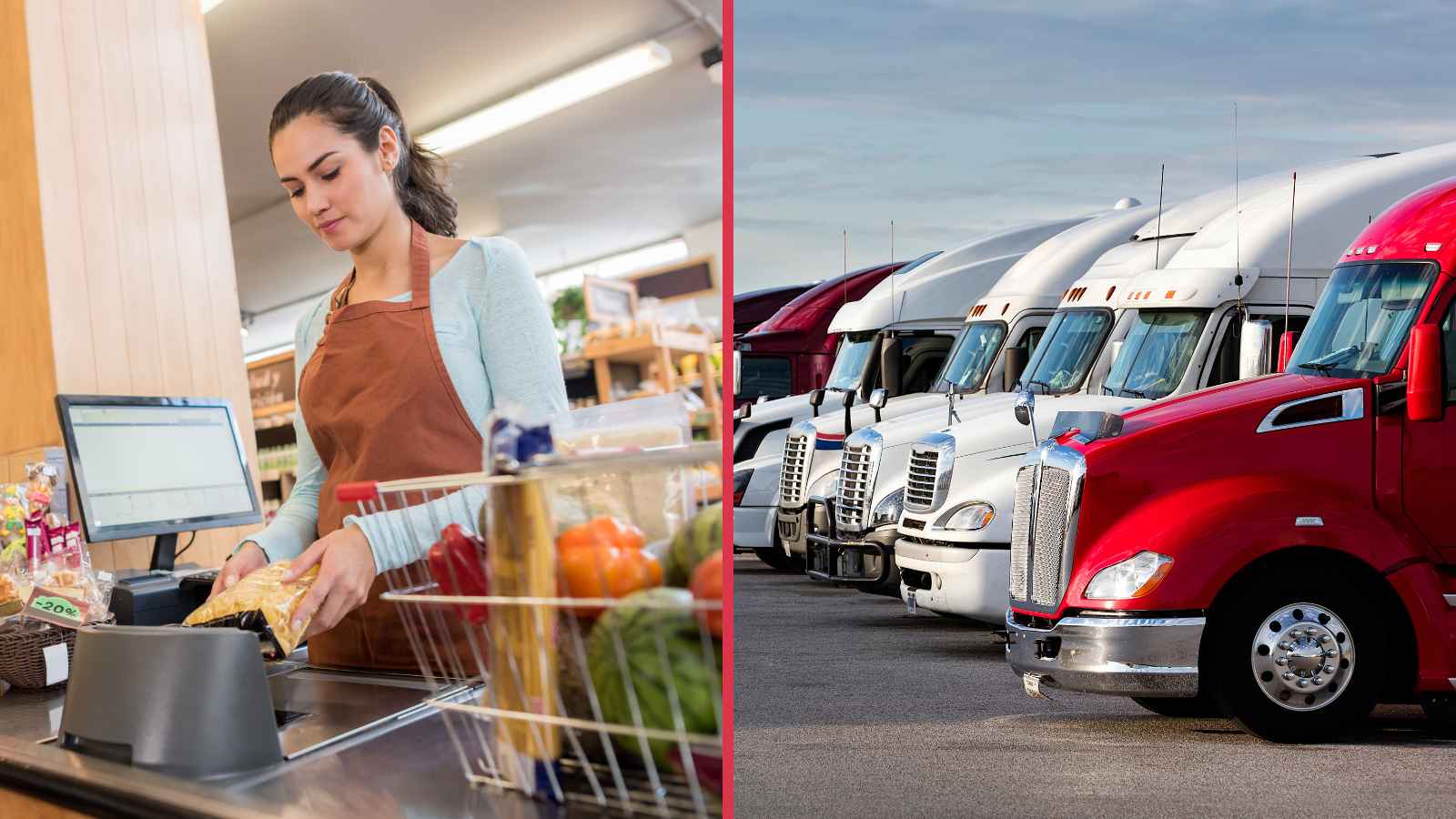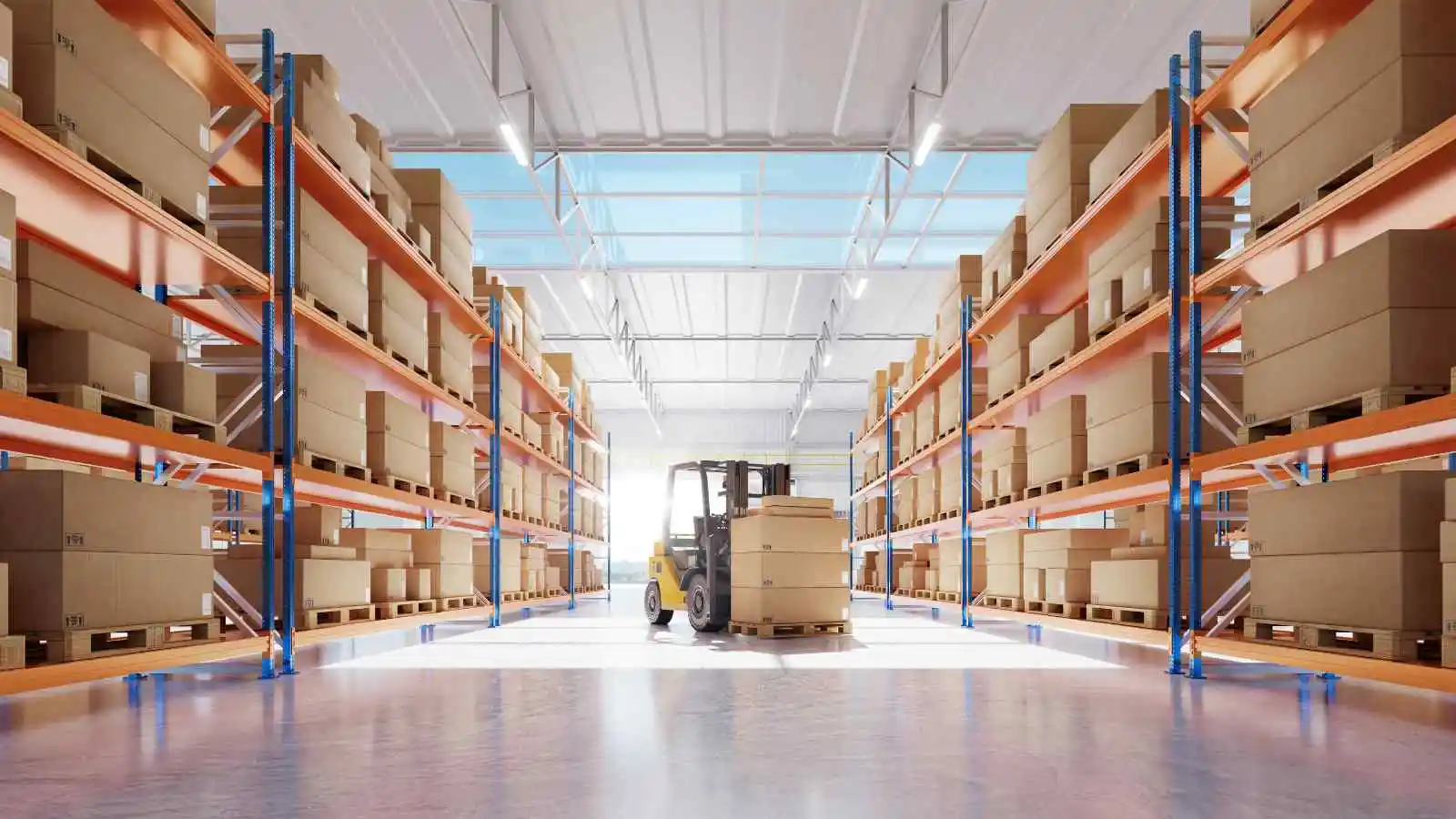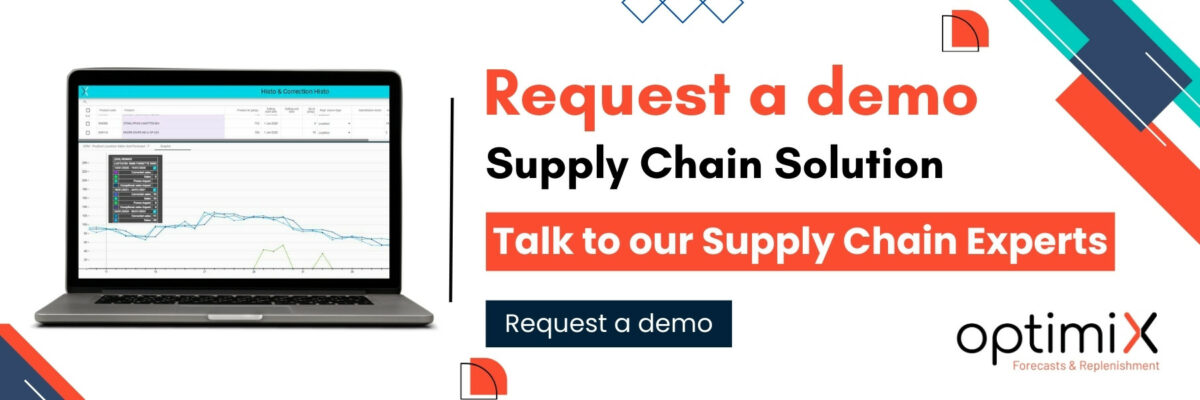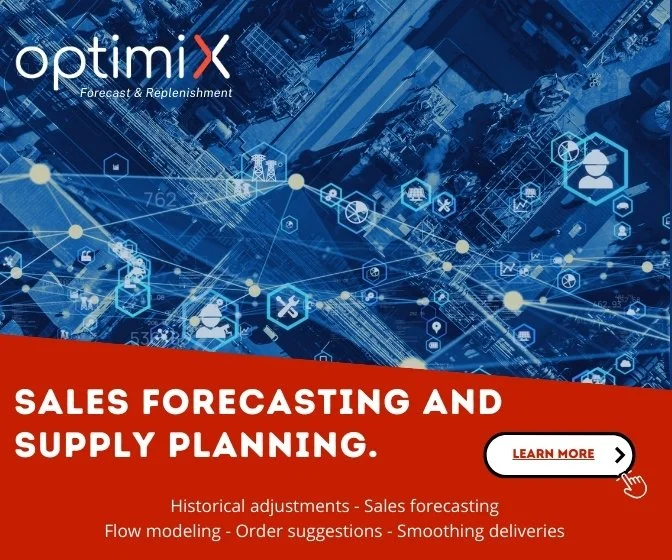How to optimize logistics costs through forecasting ?
Logistics optimization is a lever of profitability, performance, and competitiveness in retail.
The question that is posed in the same terms to all players is as follows: how to optimize logistics costs while preserving service quality and customer experience ?
The answer is far from obvious. The supply chain, which extends from the supplier to the store, involves many interdependent actors and processes. When you act on one link in the chain, it generates repercussions at other levels. Therefore, precision is needed, and reliance on data is essential for making the right decisions.
In this context, forecasting, and especially projections, become essential.
They help retailers anticipate future needs and activity to reduce costs without compromising the efficiency of the supply chain.
In this article, let’s discover together how to make forecasting a powerful lever for optimizing your logistics costs.
Anticipating needs
From Forecasting to Projection: Improving Logistic Planning
In retail, logistical optimization primarily involves finding the right trade-offs between several challenges which, at first glance, seem complicated to reconcile:
- Control of logistical costs
- Customer satisfaction
- Efficient operations management

To find the balance point, it’s necessary to be one step ahead. If you have visibility into what is coming, you can anticipate operations at all levels over several months. That’s why demand forecasting has become indispensable in the supply chain.
With a solution like Optimix XFR, you can establish reliable demand forecasts by combining corrected historical sales data with various influencing factors. However, forecasting alone is not enough to effectively anticipate your operations. It is necessary to go further and transform the forecast into projections of activity.This is the whole interest of a supply chain optimization solution, which relies on advanced algorithms to model predictive scenarios based on forecasts.
You then have visibility over several logistical scenarios. You can simulate different situations by modifying the input variables to evaluate potential gains and make informed decisions.
Thanks to the projections, you plan more efficiently, adjusting resources, storage capacities, and choosing the best logistical flows.
Plan for Better Management: Anticipating Logistics Costs
To optimize logistical costs, the best weapon lies in anticipation. In retail, anticipating needs goes well beyond the quantity of products needed.
Certainly, forecasting helps you adjust orders and define the necessary quantities to plan for each store. With projection, you go much further. Anticipation concerns the store as well as warehouses and even transportation.
1. Anticipating needs at the store level
At the store level, forecasts and projections help to better plan activity.This anticipation extends to all operational aspects of the store.
First, you can estimate your human resource needs in advance.Thanks to forecasts, you know when peak activity will occur. You can use this information to plan the schedule for cashiers as sales forecasts dictate the workload at the checkout.
In parallel, projections also serve as a compass for allocating the necessary resources for receiving orders.You know in advance how many trucks will arrive, how many unloading docks will be needed. You can anticipate labor needs for receiving and then stocking.
By adopting this approach based on projections, you can better adjust your workforce, identify potential congestion points, and optimize team allocation. This way, you optimize your HR costs.
Another advantage of projection is that it strengthens your ability to smooth out activity.For example, if you find it difficult to manage the volume of arrivals expected on Friday, you can redistribute these receptions to other days of the week. This allows you to streamline your operations, even during peak activity periods.

2. Anticipating storage and transportation needs
Projections also allow for better planning of storage and transportation needs.
Having accurate data means you know in advance how much storage space to allocate. This proactive planning helps optimize storage. It reduces costs associated with excess inventory while minimizing the risks of stockouts. You can anticipate the fill rate of your warehouses and better manage storage costs.
Projections also facilitate planning for warehouse operations. You can anticipate staffing needs and adjust them based on the volume and expected inflow/outflow.
Similarly, projections ease the planning of transportation needs. You know your requirements in advance and can communicate them to your partners.
Sharing the forecast with manufacturers
Optimizing logistics costs concerns all players in the chain, not just the retailer. Sharing the forecast facilitates communication with partners, such as transporters, but also with manufacturers.
Retailers and manufacturers both stand to gain from working hand in hand based on business projections.
OPTIMIZING MANUFACTURER'S PRODUCTION CYCLES
With a shared forecast, you provide more transparency to manufacturers. They can then better organize their production cycles.
In the absence of detailed forecasts, manufacturers often take a cautious approach. They plan for significant production, then adjust the setup of the production line to switch to another product or packaging. They must then store to fulfill upcoming orders. In these conditions, the lack of visibility generates avoidable storage costs.
Conversely, when distributors communicate their needs, the manufacturer can anticipate their production setups. They can decide to produce smaller quantities, even if there is a cost to reformat their production line. The shared forecast thus allows them to better balance their economics.
STOCK FORECASTING: TOWARDS OPTIMIZATION OF CAPACITIES AND COSTS
Access to customer forecasts helps the manufacturer better manage its inventory levels.
Rather than producing in large quantities and storing, advanced knowledge of needs allows for synchronization of production with actual demand. This approach offers better management of production capacities and a reduction in storage-related costs.
Since the manufacturer knows the order forecasts and firm needs of its customers, there is no longer a need to excessively store raw materials or finished products. It can produce more on a just-in-time basis and better organize its capacity.

ADJUSTING THE MINIMUM ORDER FOR PROFITABLE LOGISTICS
Suppliers define a minimum order quantity to offset their production, labor, storage costs, etc. This minimum order is a guarantee for the manufacturer to cover its costs and generate a minimum profit.
As a distributor, if you provide your supplier with detailed forecasts, you can lead them to reconsider their minimum order quantities.
Based on the information you provide, they can better manage their cycle, rework their production minimum, and produce more precisely. They will be more in line with your needs, and the minimum order will be less of an obstacle.
SELECTING THE BEST QUANTITATIVE SCALE
In their general terms of sale, suppliers include logistic cost scales based on the quantities ordered and supplied to account for economies of scale associated with orders of complete logistics units (pallets, trucks, containers).
You can rely on forecasting to reduce logistic costs by selecting the best quantitative scale.
This approach is interesting as it helps find a balance between transportation and storage costs. Some products are bulky and therefore expensive to store. Others, on the other hand, are more expensive to transport.
Optimizing logistics flows: Forecasting to reduce costs
With the transformation of forecasts into detailed projections, retailers and their supply chain ecosystem have relevant knowledge to rethink and optimize logistics flows.
Based on demand forecasts, the distributor establishes activity projections that can be shared with other links in the chain. The optimization of the supply chain becomes collaborative and more fluid. Companies can thus strategically direct their flows to maximize operational efficiency and reduce costs.
IDENTIFYING THE BEST LOGISTICAL ROUTES
Projections enable the testing of different logistical flow options and the calculation of their impacts in terms of logistical costs.
For each product, or group of products, it is then possible to determine the best logistical route to minimize transportation costs and/or limit energy wastage.
Identifying the most efficient routes allows for minimizing the distances traveled, optimizing loadings, and reducing the overall carbon footprint of the supply chain. Forecasting thus becomes a lever for reconciling operational efficiency and environmental responsibility.

IMPROVING THE ALLOCATION OF GOODS
The use of forecasts allows for a more precise allocation of goods.Retailers can allocate products more efficiently from the start, thereby minimizing returns and overstocks.
This approach contributes to the reduction of storage levels and a decrease in the transit of goods between different sites.
Towards Predictive and Optimized Logistics
Optimizing logistical costs is a major challenge for retailers. This is facilitated by adopting supply chain optimization solutions that not only deliver reliable forecasts but also project different scenarios.
With these tools, logistics departments can now anticipate needs at the store level, in storage areas, or in transportation and adjust operations accordingly. Sharing the forecast with other links in the chain smoothens communication, limits unnecessary expenses, and also helps better control financial and energy costs. Finally, projections facilitate the identification of the best logistical flows.
Actors who embrace a predictive and collaborative management of the supply chain can already achieve significant performance and profitability gains.
Do you want to reduce your logistical costs while also stepping into the logistics of the future, which is more efficient, sustainable, and resilient?
Discover our solution Optimix XFR :



